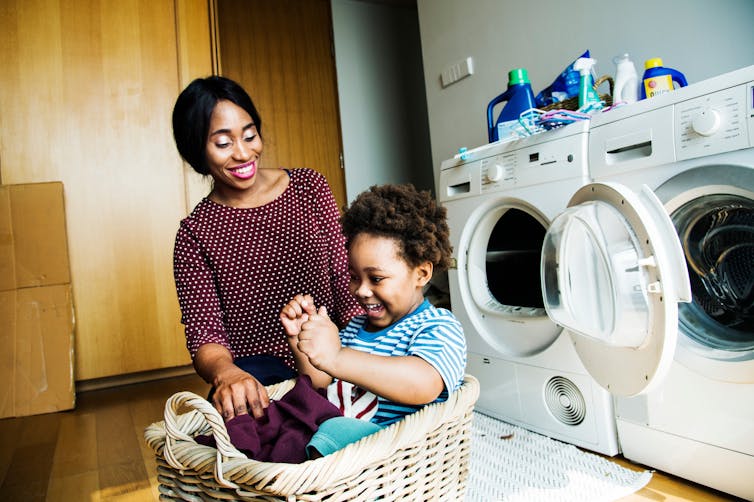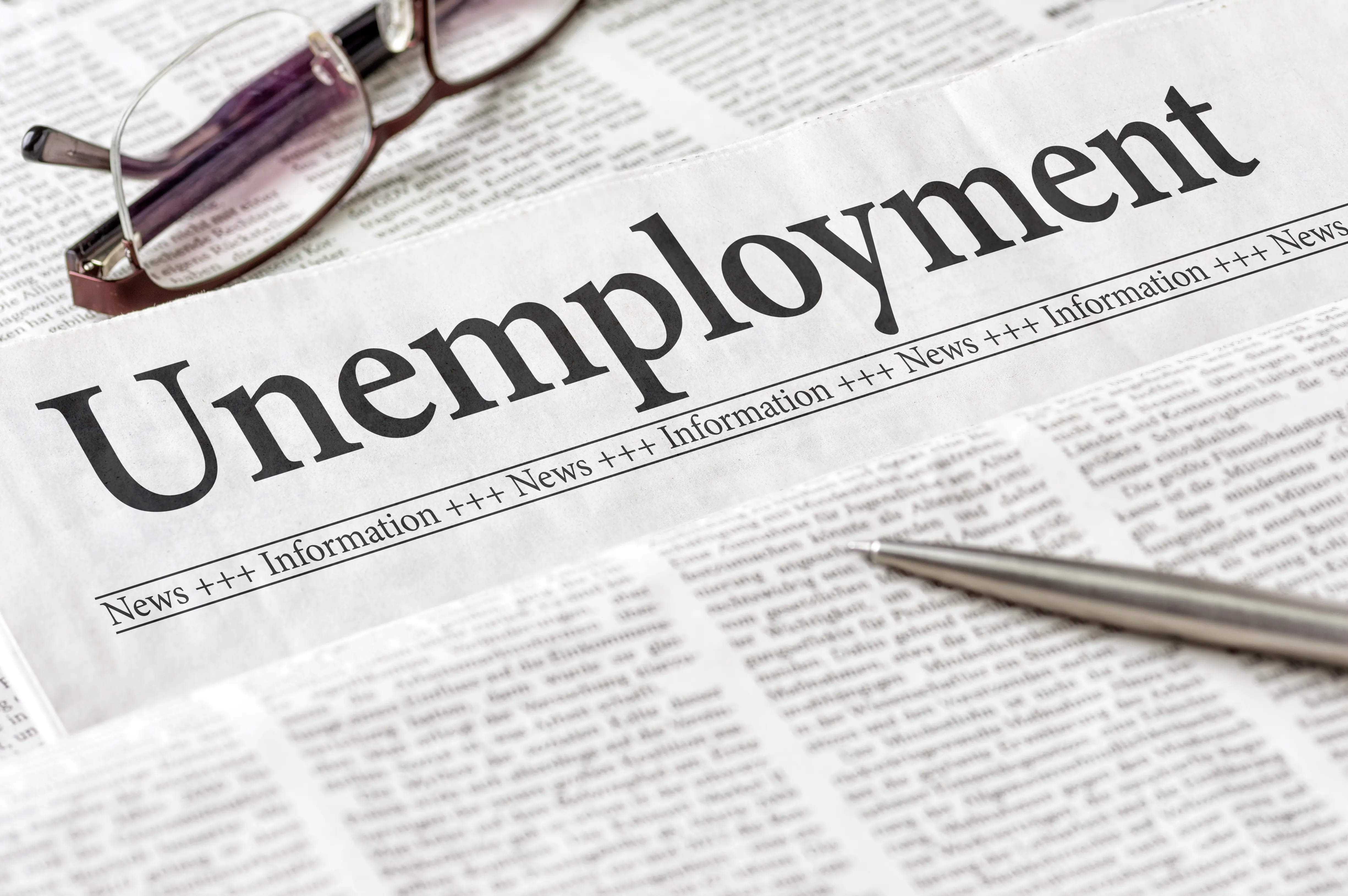
Not all consumers are equal – in terms of what they save by using efficient appliances
© iStock

Have you ever seen one of those big yellow cards on refrigerators, washing machines and other new appliances? These government-mandated notices indicate about how much energy the average U.S. consumer will save by replacing their older model at home with one of these shiny new things.
Trouble is, different people use their appliances very differently – so most of us aren’t average consumers.
When we researched how behavioral differences varied, we found that Americans use vastly different amounts of energy to light our homes, watch TV and make toast. As a result, we determined that the money and carbon pollution that can be saved from swapping out inefficient televisions and dryers for more efficient ones depends above all on what kind of consumer is buying.
The ranges are big
The biggest driver of how much money consumers can save by using more efficient appliances is their behavior. For example, 14 percent of the population either watches TV or leaves their television on for an average of 7.7 hours per day, while half of Americans watch only an hour a day.
And while 45 percent of U.S. households do laundry between two and four times every week, 10 percent of us are running between 10 and 15 loads. Another 8 percent use their washers and dryers once a week or less.
If you don’t use an efficient appliance very often, it’s harder to get the savings needed to compensate for the cost of buying it. For example, a standard top-loading washing machine that is about US$200 cheaper than an efficient model that uses up to 50 percent less energy. To justify the more efficient model, a consumer wants to save more than the extra $200 sticker price in their utility bills before replacing the appliance, typically about 11 years later.
We found that a household’s bottom line for buying a high-efficiency washing machine versus a standard one ranged from a $100 loss to saving $1,560. Where you might land on this spectrum depends on how many loads of laundry you and yours do every week and to a lesser extent, where you live.
With this big a range, knowing the average savings isn’t much help when you’re deciding whether to spend the extra money on an efficient model.
For some appliances, however, behavior plays a smaller role. Unless you hold your refrigerator door open for hours at a time, it probably costs you the same amount to run it as it would in anyone else’s home.
Demographics, behavior and geography
Demographics plays a big role. Heavy television watchers tend to be elderly and retired. Families that constantly do laundry usually have little kids.
Personal preferences matter as well. For example, two single people with similar jobs may watch different amounts of television depending on how they spend their free time.
It also matters how much you pay for electricity and natural gas, which depends on where you live.
For instance, the average U.S. residential electricity rate in 2017 was about 13 cents per kilowatt-hour, the energy it takes to power a laptop for two or three days. But in Washington state, a kilowatt-hour costs less than a dime, while people in Hawaii had to pay 29.5 cents per kilowatt-hour – making it the most expensive state for ratepayers.
Likewise, the environmental benefits of energy-efficient appliances varies from place to place.
When consumers need less electricity, local utilities don’t have to generate as much of it. Ratcheting down production at a coal plant will reduce a lot of carbon emissions, while turning down a hydropower plant won’t because it doesn’t emit carbon to begin with.
The benefits of using less energy to do your laundry for society and the planet depend, therefore, on how your region is generating electricity. When we calculated this effect using real-world data, we found, for example, that saving the same amount of energy in coal-dependent Pennsylvania reduced 4.4 times more carbon than in hydropower-rich Washington state.
Getting better energy info
Based on our findings, we believe that the government and utilities should pay more attention to the many differences between consumers, including where they live, to make the most of their efforts to increase appliance efficiency.
For example, we calculate that families with three or more kids save on average $570 from an efficient washer before replacing it, and 25 percent of them save more than $1,000. These families have a bigger incentive to buy an efficient washer compared to an average consumer, who would only save $125.
Getting a good estimate for how much they personally will save could influence and expedite their decision to upgrade their laundry room.
Ensuring that the public has this information could also help the environment. The consumers who would save the most money are also the ones who can potentially reduce their carbon emissions the most by using more efficient appliances.
Making it happen
We also see some straightforward ways to make this happen.
First, consumers should be able to find out what their own potential energy savings would be. Tailoring this information could be accomplished relatively easily with a simple app for use by customers and sales staff. Apps like these are already helping homeowners see how much money they might save in the long run from installing rooftop solar panels.
Utility rebate programs can also be improved with a more personalized approach. Many utilities will offer money back if their customers buy an efficient appliance. Utilities could encourage larger savings by targeting the kind of people likely to save more with an efficient appliance.
In addition to the yellow energy use labels, the U.S. government also runs the Energy Star program, which certifies efficient appliances. Despite coming under attack from the Trump administration, these programs have been low-cost and effective ways to promote energy efficiency.
But personalized information has potential to take promoting energy efficiency to the next level.
It’s one of those everybody-wins situations: Utilities will save more energy and customers will save more money. With carbon emissions declining more swiftly, the whole world benefits as some progress will be made toward slowing the pace of climate change.![]()
Eric Williams, Professor of Sustainability, Rochester Institute of Technology; Ashok Sekar, Postdoctoral Fellow, Energy Systems Transformation (EST) Research Group, University of Texas at Austin, and Eric Hittinger, Associate Professor of Public Policy, Rochester Institute of Technology
This article is republished from The Conversation under a Creative Commons license. Read the original article.
















